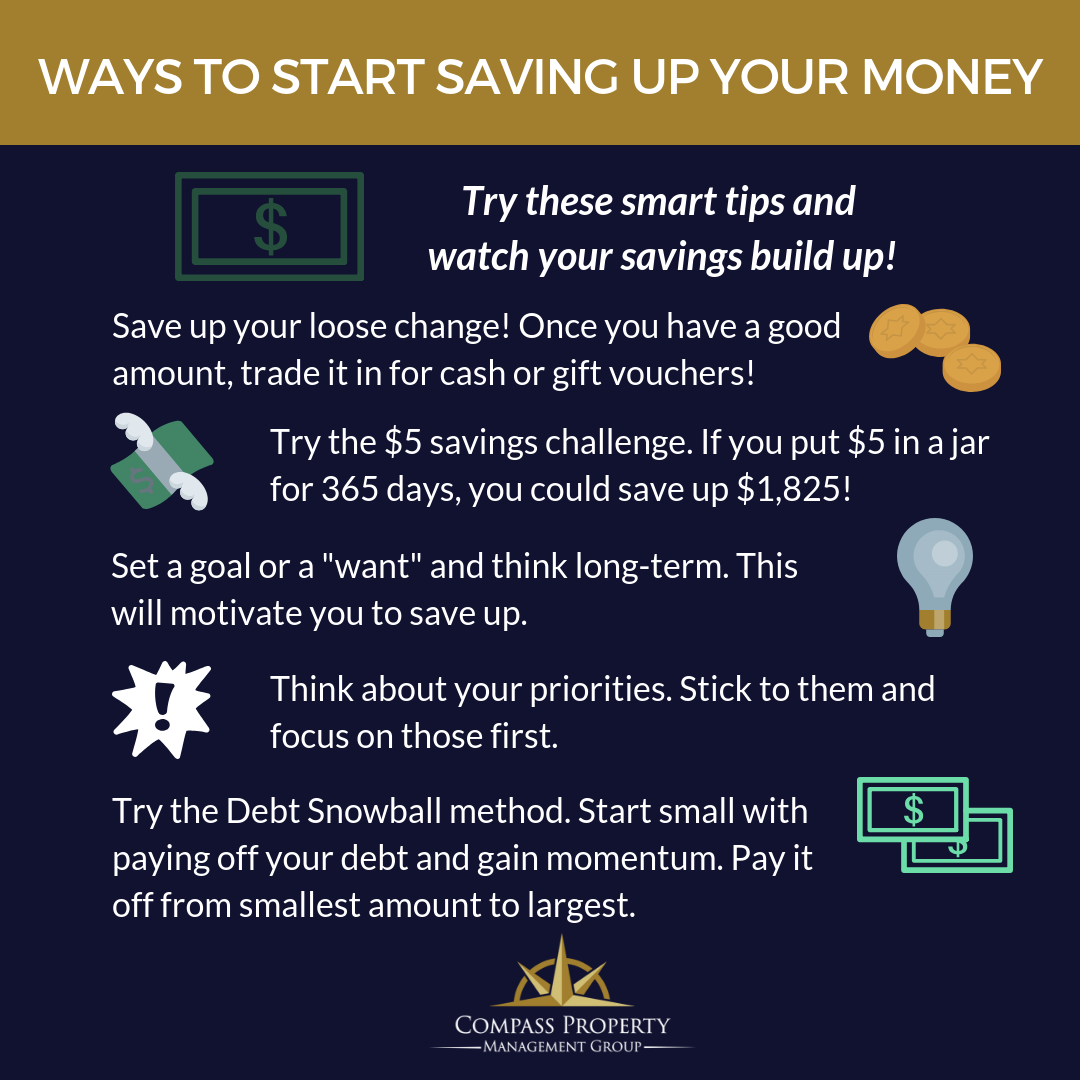We are constantly surrounded by things and situations where money is the ultimate factor that is going to get you what you want and need. Sometimes, we have to pick and choose what we should spend our money on. Whether we want to or not, it’s a basic behavior we all tend to adapt due to circumstances. Saving money can be a challenge.
If you are looking for some tips to start saving up and building savings, here are a few that we think you should try!
1. Saving up loose change
This takes minimum effort to do! It’s honestly quite a mindless tactic to start building up a money count. Of course, it isn’t going to skyrocket you to drinking apple martinis in a penthouse in New York. However, it’s like a little bonus after saving up for quite a bit of time. Loose change is everywhere. You can walk in the streets and come upon a lucky penny or two! Keep a jar or go traditional with a piggy bank, and go ahead and drop those coins in. Do not underestimate the potential of how much you can save. It can add up and become a few dollars. A few cents is better than having nothing. With that mindset, the money you have will just keep growing. In addition, all the loose change can be looked at as a rainy day fund or even somewhere you can grab a few coins from when needed. We have plenty of loose change to spare. Why not keep it and add to your funds?
2. The $5 savings challenge
Think of this challenge as a step up from the loose change idea. You can start with $1 instead of $5 bills. Either way, you are going to increase the amount of money you have saved. Think about how long you want to save for, and create a goal. Every time you have a $5 bill, put it in your designated box, jar, etc. If you want to be really committed, make sure you can’t cheat and take money from the pile. It’s even better when you do it with your spouse. That way, you are doubling your savings. Think about how much money you can save in a month! It’s just a faster way to save money, and it’s a tangible method. Once your goal time has ended, count the money, and feel the joy!
3. Set a goal and think long-term
Think about what you want to achieve with your money in the long run. This is especially useful for the dreamers in the world! What level do you want to get to in five years? In ten years? This will probably motivate you to stick to saving money instead of giving up after a few months. People are motivated by wants. So think about your wants. Thinking long-term means you don’t have to start saving money exponentially fast. There’s less pressure. Everyone wants to get to a better point in their lives. It allows you to take a break or account for ups and downs in different stages of your life. Life is never a steady line. If you’re a realist, figure out the math for how much you can save if you stay on a path while considering low points that you might hit.
4. Think about your priorities
Yes, I did just tell you to think long-term. However, you have to figure out what’s most important and what comes first. Getting food on the table and having money to pay rent or your mortgage is important. Maybe consider creating a budget. Add into your budget an amount you want to put into your savings every month. This is being smart with your money and figuring out where your money goes. If there’s an item that you’ve wanted for a long time, look at your budget and see when you could afford it. If you plan on getting it in December, make sure in the months leading up, you are being extra frugal. It’s about balancing what you want. Put your priorities first. However, it doesn’t mean you can’t have what you wish for. Just don’t lose sight of the purpose: saving up money. Don’t splurge all the time or consistently. Put the item into your long-term goals if need be, and work towards getting to a point where you can afford it later.
5. The Debt Snowball method
This method is meant to reduce your debt. The name probably gives that away. The whole concept is based on taking baby steps and starting small and increasing the amount you are paying off as you go. As the snowball rolls down the hill, it gets bigger. So the more the snowball rolls, the bigger it gets. Still confusing, I know. Dave Ramsey on his blog explains it best in this sentence, “When the smallest debt is paid in full, you roll the money you were paying on that debt into the next smallest balance.” Find out what’s your smallest debt owed to the largest. Make minimum payments on all the ones except for the smallest amount. Pay as much as you can with the smallest one. Then keep repeating this method until everything is paid off. It’s a really smart way to go debt free. It’ll take time and patience.
Saving up money isn’t always going to be simple and yield fast results. However, that’s the point! It’s better to have savings than nothing to fall back on when you need it. Plus, it’s nice to know you have extra money laying around for things you want or need.
